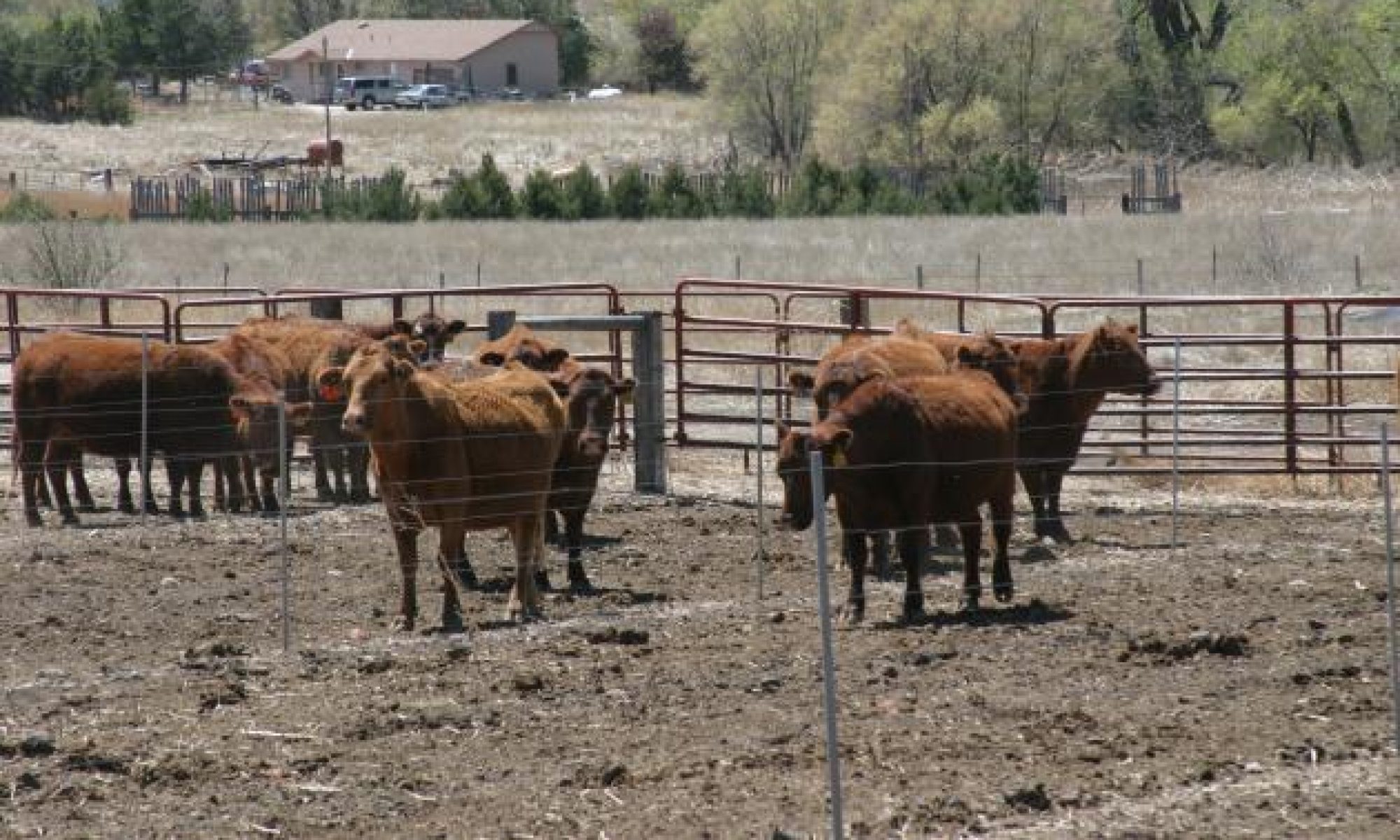For the past couple of years, ragweed growth has exploded in pastures. This has happened because of the timely spring rains that encouraged germination and seedling growth followed by sunny dry falls that helped seed development.
There are two types of ragweed; the common ragweed, which is an annual, and the western ragweed, which is a perennial. Common ragweed can be controlled with grazing management or herbicides, while western ragweed can not.
Research has shown that ragweed becomes a problem in pastures that fail to maintain grass competition with a full leaf canopy from late May to late June. If you have had ragweed problems in the past, look for small plants or seedlings underneath your grass. By grazing heavily or haying during this time, you will open up the grass sward, letting small plants and seedling grow rapidly.
By developing a grazing management that maintains a dense canopy at this time will help reduce ragweed problems. This can also be done by increasing grass growth by adding fertilizer or thickening strands by seeding. The most important part is to avoid heavy grazing where ragweed is a problem. If you cut hay or have grazed these areas heavily, use one quart of 2,4-D or Grazon after haying or grazing to help control the ragweed seedlings and small plants. Another management strategy is to shred in September to help reduce seed production.
In order to control ragweed, a good management strategy is needed. With timely shredding, some spraying, and good grazing practices, ragweed can be controlled.
